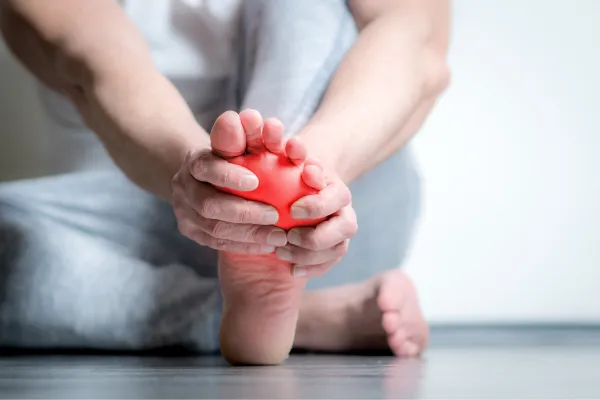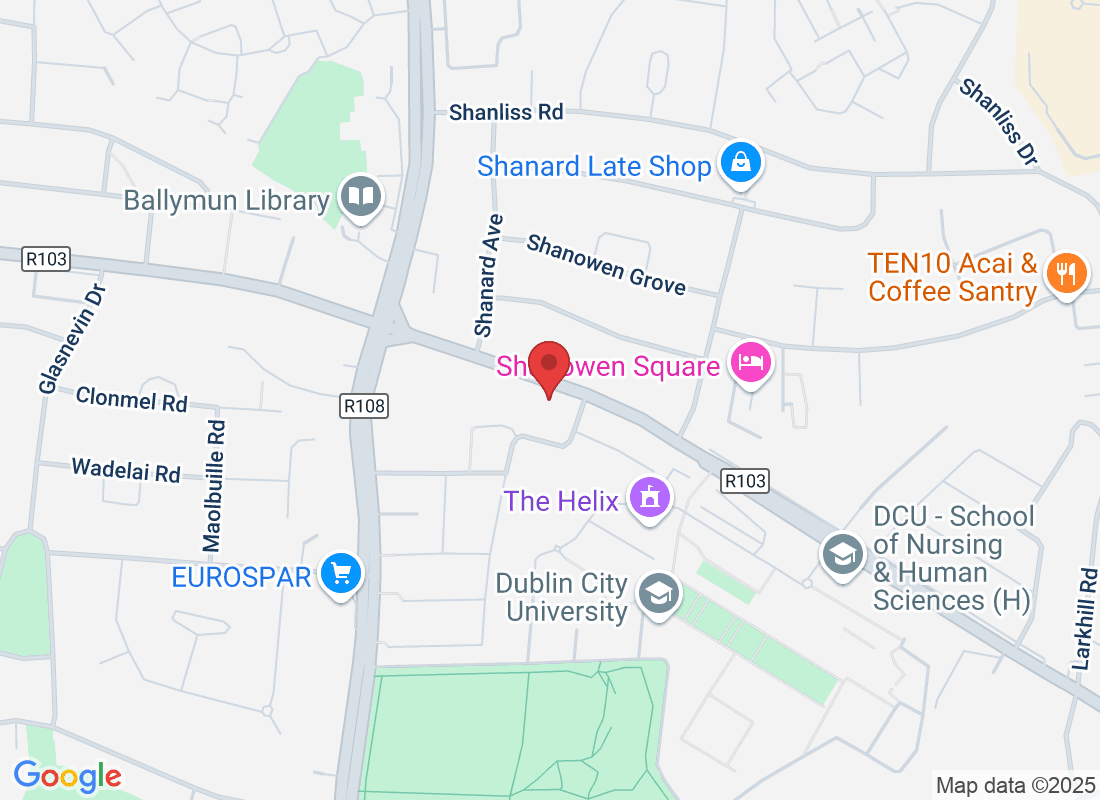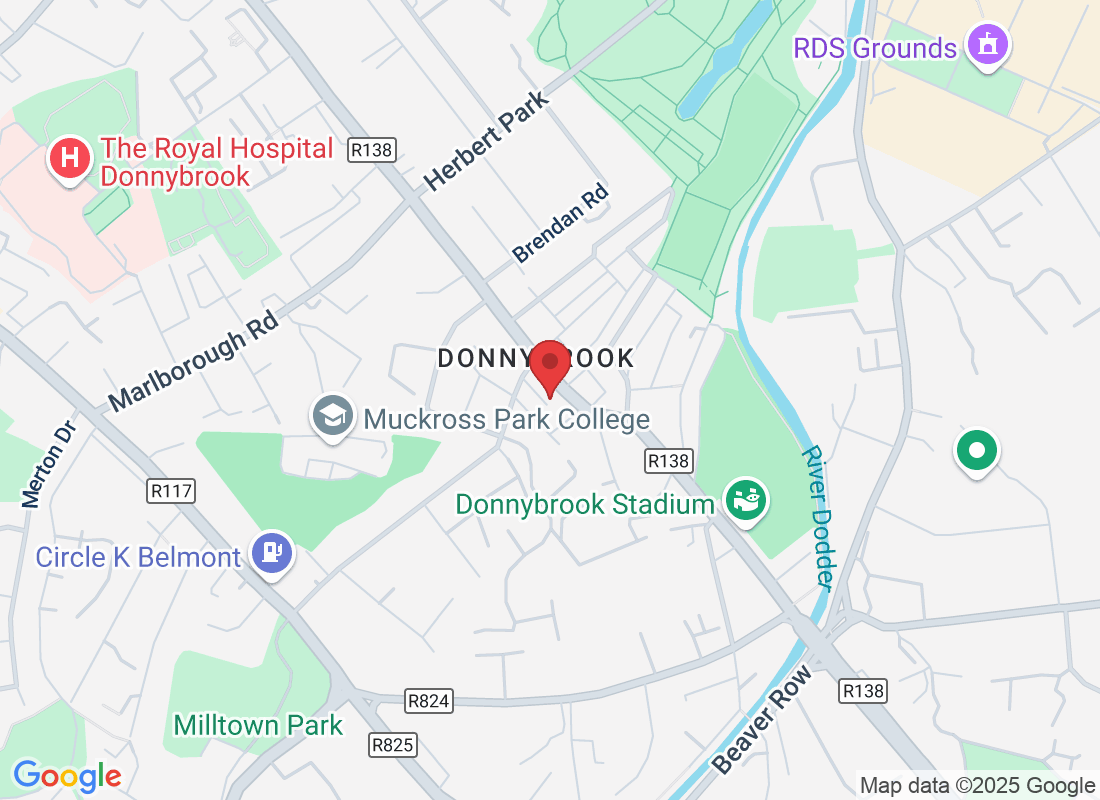Tips & Advice From Mary Moore Podiatry

Pressure Mapping and Diabetes: Identifying Ulcer Risk Before It Starts
Foot ulcers are one of the most serious and common complications of diabetes—but what if we could spot the risk before an ulcer ever forms? That’s exactly what pressure mapping helps us do. By analysing how weight and pressure are distributed across your feet, we can catch early warning signs and step in with the right treatment. In this post, we’ll explain how pressure mapping works and why it’s such a valuable tool in diabetic foot care.
Why Diabetic Feet Need Extra Attention
Diabetes affects both circulation and nerve function in the feet. Poor circulation can slow healing, while nerve damage (neuropathy) can make it harder to feel pain or pressure. This combination means small issues like pressure points or blisters can turn into serious ulcers without being noticed.
That’s why prevention is key—and pressure mapping gives us a window into how your feet function before damage occurs.
What Is Pressure Mapping?
Pressure mapping is a computerized test that measures the forces under your feet as you walk or stand. At Mary Moore Podiatry, we use a system called Tekscan Matscan®, which provides a detailed visual of how pressure is distributed during movement.
You’ll be asked to walk across a special platform or stand still while the system records:
Areas where pressure is highest
Differences between left and right feet
Pressure timing as you step or shift weight
This simple, non-invasive assessment gives us a highly accurate picture of your foot mechanics—something we can’t see with the naked eye.
Why Is It Important for People with Diabetes?
Because many people with diabetes lose some or all feeling in their feet, they may not realise when too much pressure is building in a particular area—until a sore or ulcer appears.
Pressure mapping can identify these risk zones before a wound develops. It shows us:
Where the most stress is happening during walking
Which areas are at higher risk of skin breakdown
How your shoes or orthotics are affecting your pressure points
This is especially important for those with foot deformities, previous ulcers, or high-risk feet.
How We Use the Results
Once we’ve identified high-pressure areas, we can take steps to protect your feet and reduce the risk of ulceration. This might include:
Custom diabetic orthotics to redistribute pressure more evenly
Footwear advice or changes to improve support and cushioning
Foot mobilization therapy or stretching programs to improve function
Monitoring and follow-up to ensure the pressure levels are improving over time
We’ll also combine this information with circulation testing and sensation checks as part of your complete diabetic foot screening.
What to Expect During a Pressure Mapping Appointment
There’s no need to prepare or be nervous—pressure mapping is quick, painless, and even quite interesting for many patients. You’ll:
Walk or stand barefoot on the pressure mat
Watch your results appear on-screen in real time
Receive clear explanations from your podiatrist about what the data means
Discuss any recommended next steps for treatment or prevention
Most patients find it reassuring to see where their risk lies and feel empowered to take action.
Who Should Have Pressure Mapping?
Pressure mapping is especially useful if you:
Have diabetes and want to proactively prevent ulcers
Have had a previous foot ulcer or wound
Use orthotics or diabetic footwear
Have altered foot shape or gait due to injury, surgery, or arthritis
Feel foot discomfort without knowing the cause
At our Foot Clinics in Dublin 4 and Dublin 9, we routinely use pressure mapping for diabetic patients with moderate to high risk, or anyone experiencing persistent foot discomfort.
Conclusion
When it comes to diabetic foot care, knowledge is power. Pressure mapping offers a detailed look at how your feet handle movement and where they might be vulnerable. By identifying and correcting pressure issues early, we can prevent serious complications like ulcers—and help you stay mobile, independent, and healthy.
If you or a loved one has diabetes, consider booking a pressure mapping session with Mary Moore Podiatry. It’s a small step that can make a big difference.
Ask Mary Moore Podiatry And Their Team
Fill in the form to request a call from our team. One of our team members will call you for FREE and answer any questions or concerns you may have about your condition
Our Clinic Locations
Glasnevin Clinic

If you have any questions before scheduling an appointment or for general inquiries, please use the contact us button below. Our team will promptly reach out to assist you.
Opening Hours
Monday: 8:30am - 7pm
Tuesday: 8:30am - 5pm
Wednesday: 8:30am - 6pm
Thursday: 8:30am - 7pm
Friday: 8:30am - 5pm
Saturday: Closed
Sunday: Closed
Donnybrook Foot Mechanics

If you have any questions before scheduling an appointment or for general inquiries, please use the contact us button below. Our team will promptly reach out to assist you.
Opening Hours
Monday: Closed
Tuesday: 9:30am - 5pm
Wednesday: 9:30am - 5pm
Thursday: Closed
Friday: Closed
Saturday: Closed
Sunday: Closed


